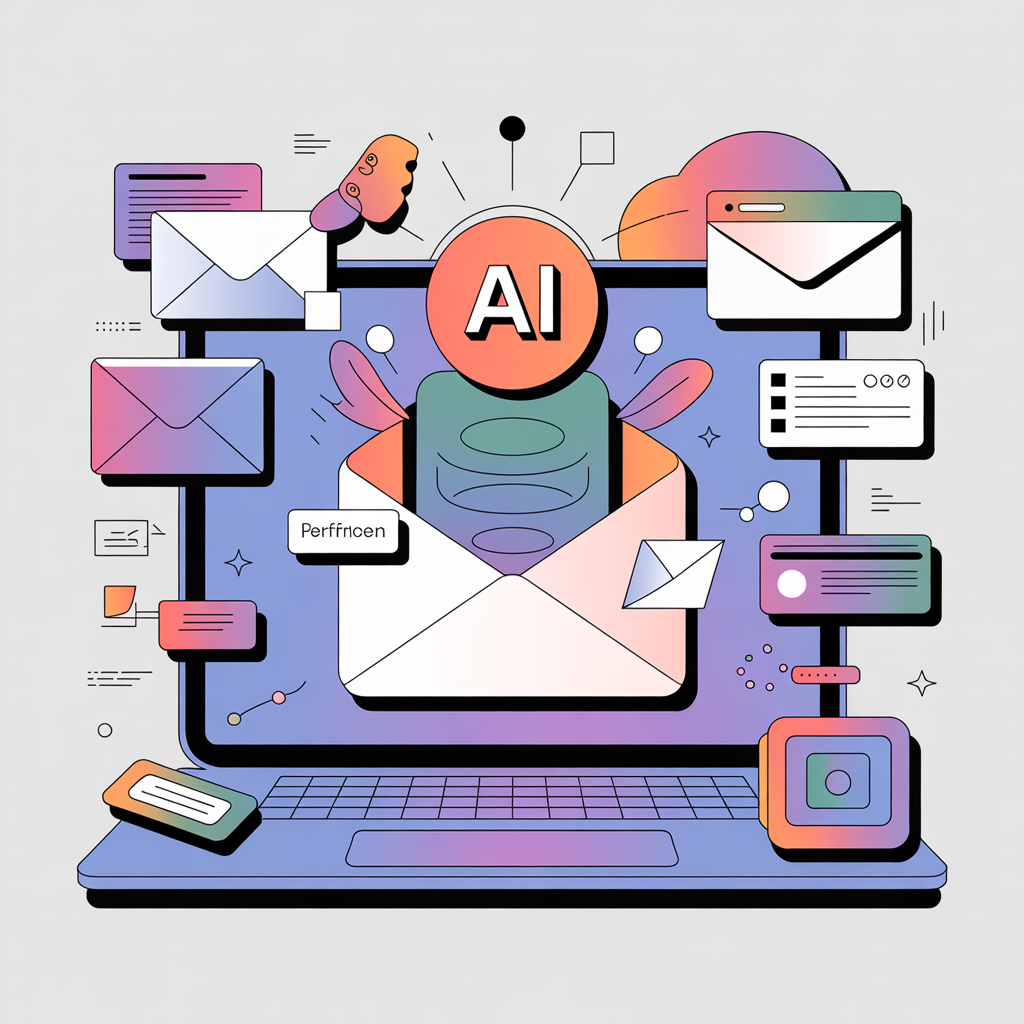Introduction
Email marketing has always been one of the most powerful channels for building customer relationships and driving sales. But with inboxes overflowing and user attention shrinking, the real challenge lies in sending the right message to the right person at the right time.
Enter Artificial Intelligence (AI) — the technology that’s redefining how brands create, optimize, and measure their email marketing campaigns.
From automated content generation to predictive engagement analytics, AI-driven email marketing is helping businesses reach new levels of personalization, precision, and performance.
1. The Shift from Traditional to AI-Powered Email Marketing
Traditional email marketing relies heavily on manual planning — marketers write copy, schedule sends, and analyze data after campaigns go live.
AI changes this by automating the full cycle — content creation, audience segmentation, timing optimization, and post-campaign analysis.
In 2025, leading companies are using AI not just to save time, but to increase open rates, click-through rates, and conversions through intelligent automation.
2. How AI Improves Email Marketing Performance
Let’s break down the key areas where AI adds measurable value:
a. Smarter Personalization
AI analyzes behavioral data, purchase history, and engagement patterns to personalize subject lines, content, and CTAs for each subscriber.
Example:
- Traditional: “Check out our latest offers.”
- AI-Powered: “Ali, your favorite activewear is 20% off this week!”
This micro-personalization increases engagement and builds customer trust.
b. Predictive Send-Time Optimization
AI algorithms track when individual users are most active in their inboxes — ensuring each email arrives at the ideal moment.
This simple optimization can improve open rates by 20–40%.
c. Automated Content Generation
AI email writing tools like ChatGPT and Writesonic can generate entire email sequences — welcome series, promotional campaigns, or re-engagement messages — in a consistent brand tone.
d. A/B Testing at Scale
AI automates testing across thousands of combinations of subject lines, visuals, and calls-to-action, identifying what works best faster than any human marketer could.
e. Dynamic Email Design
AI tools can automatically modify design layouts based on device, user behavior, or preferences — improving the user experience and reducing bounce rates.
3. Data-Driven Audience Segmentation
One of AI’s most powerful contributions to email marketing is intelligent segmentation.
Instead of broad lists, AI divides audiences into micro-segments using behavioral, demographic, and emotional triggers.
For example:
- Users who abandon carts get gentle reminder emails.
- Highly engaged users receive exclusive offers.
- Inactive users are targeted with re-engagement campaigns using emotional appeal.
This ensures every email feels relevant, not repetitive.
4. Real-Time Campaign Optimization
AI doesn’t just analyze past results — it learns in real time.
During live campaigns, it tracks user engagement and can:
- Pause low-performing subject lines.
- Re-route emails with higher-performing variations.
- Adjust CTAs or even modify follow-up timing automatically.
That’s like having a data analyst and copywriter working 24/7 on your marketing team.
5. AI Tools Elevating Email Marketing in 2025
Here are some of the top tools revolutionizing email performance:
- ChatGPT Email Marketer – Creates human-like campaign content in seconds.
- Mailchimp AI Assistant – Suggests send times and audience segments automatically.
- HubSpot Smart Email – Tracks and adjusts campaigns based on real-time data.
- Campaigner AI – Optimizes subject lines and CTAs using engagement metrics.
- Seventh Sense – Predicts when users are most likely to open emails.
These tools combine automation with data intelligence to deliver precise, powerful results.
6. Measuring Success with AI Analytics
AI-driven analytics go beyond simple open and click rates.
They track sentiment, engagement behavior, dwell time, and conversion intent, giving marketers deeper insights into customer psychology.
For example:
- Which tone converts better — friendly vs. formal.
- How long users read your email before clicking.
- What kind of visuals or CTAs trigger the most action.
This data helps marketers continuously refine strategies and messaging for better ROI.
7. The Future of AI in Email Marketing
The next evolution of AI will make email marketing fully predictive and autonomous.
Expect innovations like:
- Emotion-aware subject lines.
- Real-time voice-to-email generation.
- Adaptive campaigns that evolve automatically based on results.
In essence, AI will not only execute campaigns — it will strategize, learn, and improve them on its own.
Conclusion
AI has transformed email marketing from a manual, repetitive task into a smart, data-driven growth engine.
By combining personalization, predictive insights, and automation, businesses can now deliver messages that truly connect — not just communicate.
Whether you’re a small startup or a large enterprise, integrating AI into your email marketing strategy can dramatically improve performance, engagement, and long-term brand loyalty.
